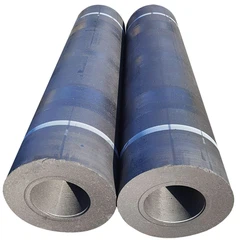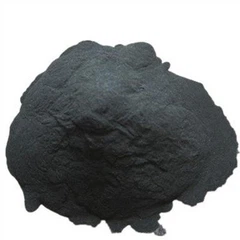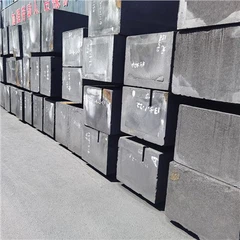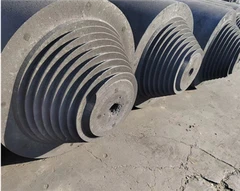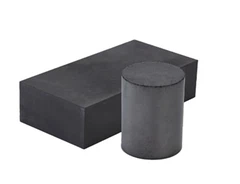Graphite electrode and inert electrode: the conductive role of the chemical world
May 30, 2025
Leave a message
In the wonderful world of chemistry, electrodes are like the "commanders" of chemical reactions, controlling the flow of electrons and guiding the progress of various chemical reactions. Among them, graphite electrodes and inert electrodes have become the existence of great attention in the field of chemistry with their unique properties and wide applications. Today, let us take a deeper look at these two magical electrodes.
1. Graphite electrode: a versatile "carbon hero"
Graphite, a crystal composed of carbon elements, has a unique layered structure. The carbon atoms in each layer are closely connected by covalent bonds to form a hexagonal planar mesh structure, while the layers interact with each other through weak van der Waals forces. This special structure gives graphite many excellent properties, making it an ideal material for making electrodes.
1. Good conductivity
There are a large number of free electrons inside graphite, which can move freely between layers, just like cars driving freely on a highway, providing an unobstructed channel for the conduction of current. Therefore, graphite electrodes have excellent electrical conductivity, can efficiently transfer electrons, and play a key role in various electrochemical processes.
2. High chemical stability
At room temperature, the chemical properties of graphite are very stable and it is not easy to react chemically with other substances. This is because the covalent bond energy between carbon atoms in graphite is large, making the molecular structure of graphite relatively stable. This stability enables graphite electrodes to maintain their own structure and performance in a variety of complex chemical environments and work stably for a long time.
3. Strong high temperature resistance
Graphite has an extremely high melting point and can withstand the test of high temperature environments. At high temperatures, graphite electrodes are not easy to melt or deform, and can still maintain good conductivity and structural integrity. This feature makes graphite electrodes indispensable in many high-temperature electrochemical processes, such as electric furnace steelmaking and industrial aluminum production.
4. Wide application
(1) Electric furnace steelmaking: In the electric furnace steelmaking process, graphite electrodes act as conductors to introduce strong current into the furnace, generate high-temperature arcs, and melt the charge quickly. The high conductivity and high temperature resistance of graphite electrodes ensure the efficient and stable steelmaking process.
(2) Aluminum electrolysis industry: In aluminum electrolysis production, graphite electrodes are used as anodes of electrolytic cells. By electrolyzing the molten aluminum oxide, metallic aluminum is obtained at the cathode, while the graphite electrode participates in the reaction at the anode to oxidize oxygen ions into oxygen.
Since the electrolysis process needs to be carried out at high temperatures, the advantages of graphite electrodes in high temperature resistance and chemical stability can be fully utilized.
(3) Electrochemical analysis: In electrochemical analysis experiments, graphite electrodes are often used as working electrodes or counter electrodes. Its good conductivity and chemical stability can provide a stable current and a reliable electrode reaction environment for the analysis process, helping researchers to accurately detect and analyze the electrochemical properties of various substances.
Send Inquiry

